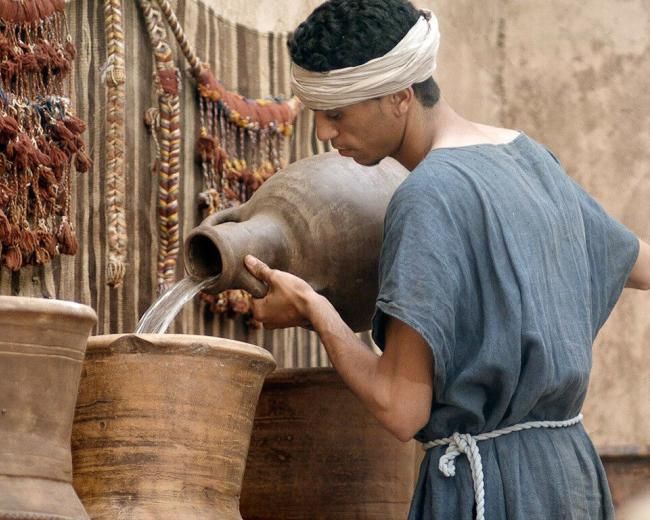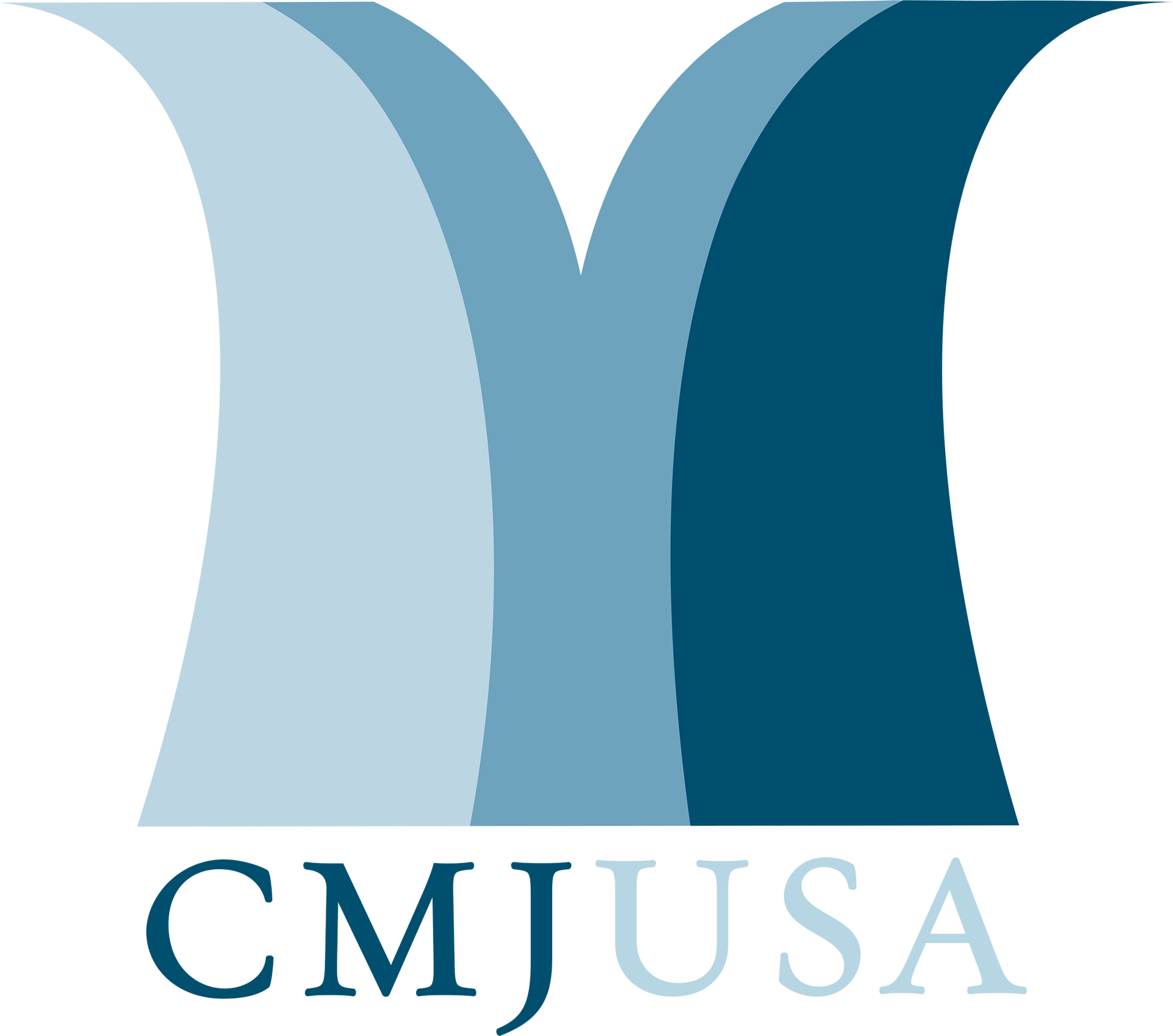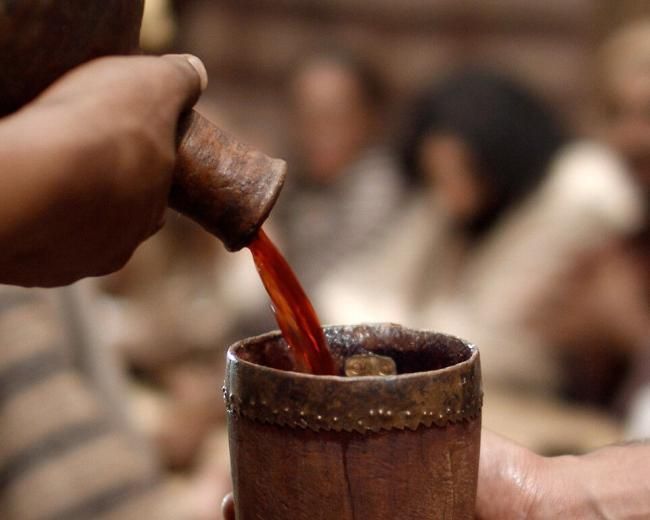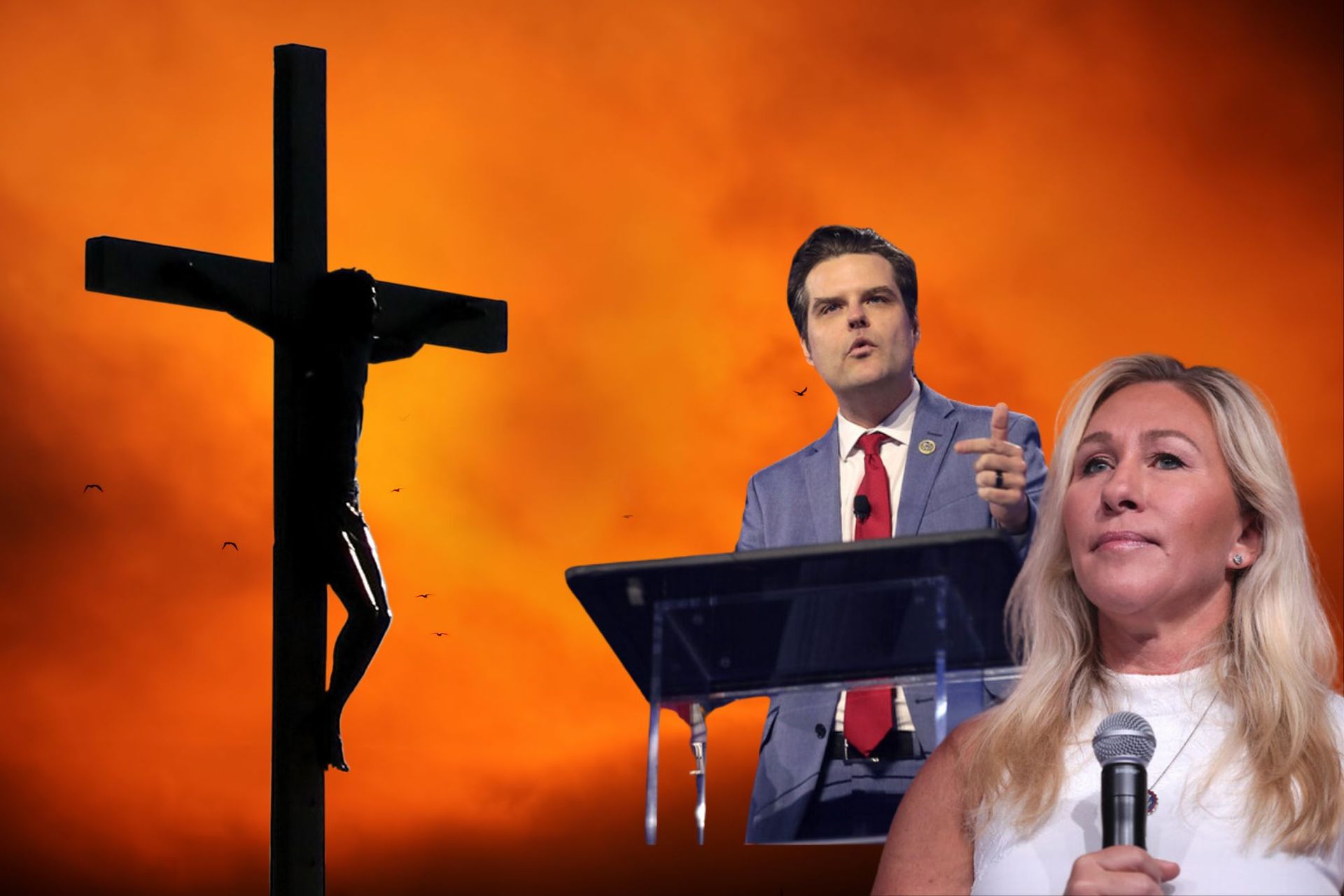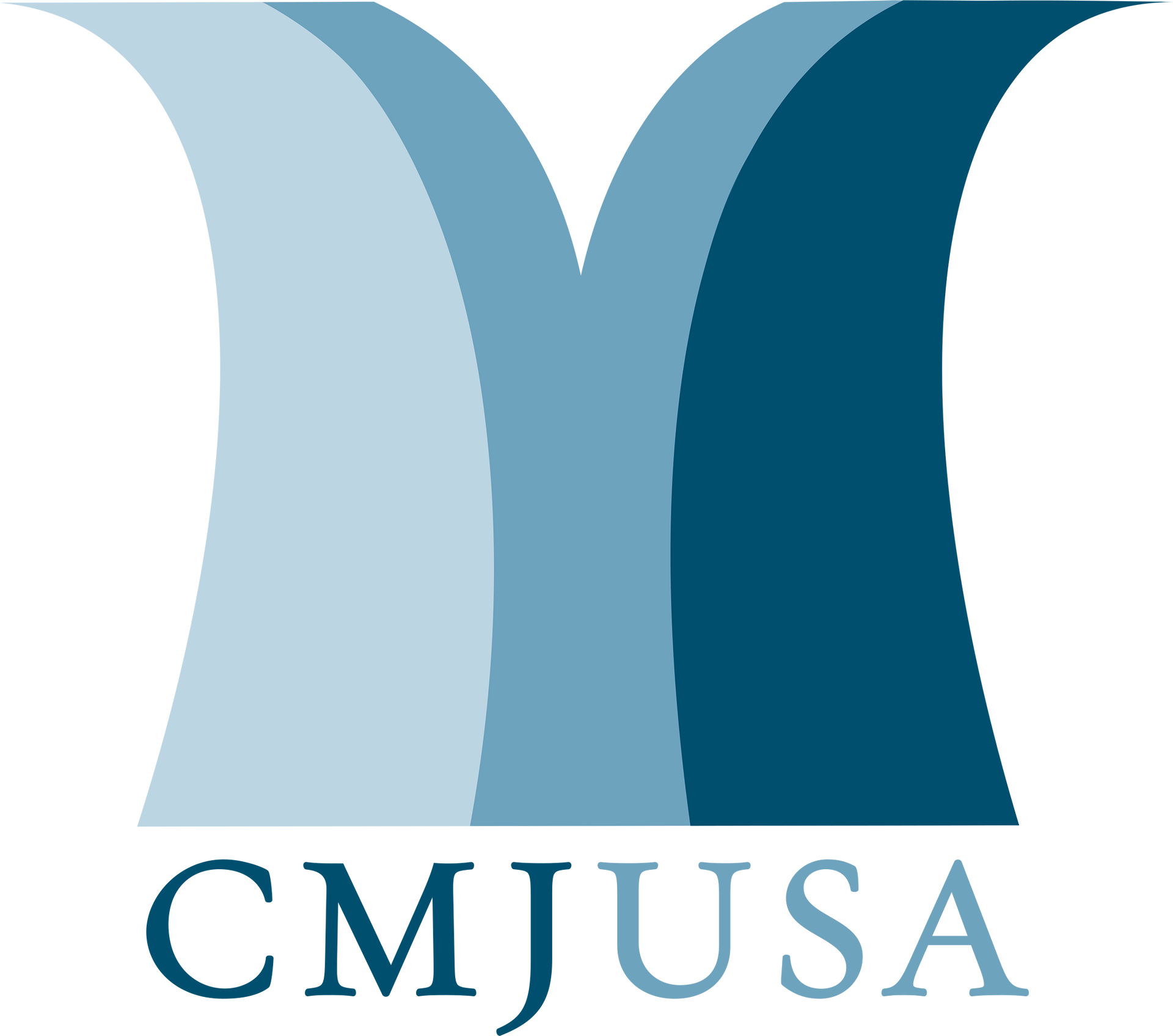Many explain the meaning of this miracle in terms of Christian superiority. Since the water from stone pots was used in the purification rites (Lev 11:32), they claim the water pots stand for the Mosaic Law that was being replaced by Jesus. Likewise, others see the pots as symbolic of Judaism that is being replaced with Christianity. For example, George Beasley-Murray says, “Most writers acknowledge that in the Johannine narrative there is an implicit contrast between water used for Jewish purificatory rites and the wine given by Jesus; the former is characteristic of the old order, the latter of the new.”
1
Photo by LUMO Project via FreeBibleImages.org
Many explain the meaning of this miracle in terms of Christian superiority. Since the water from stone pots was used in the purification rites (Lev 11:32), they claim the water pots stand for the Mosaic Law that was being replaced by Jesus. Likewise, others see the pots as symbolic of Judaism that is being replaced with Christianity. For example, George Beasley-Murray says, “Most writers acknowledge that in the Johannine narrative there is an implicit contrast between water used for Jewish purificatory rites and the wine given by Jesus; the former is characteristic of the old order, the latter of the new.” 1
Photo by LUMO Project via FreeBibleImages.org
